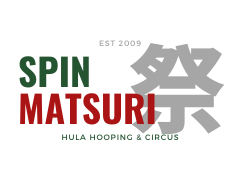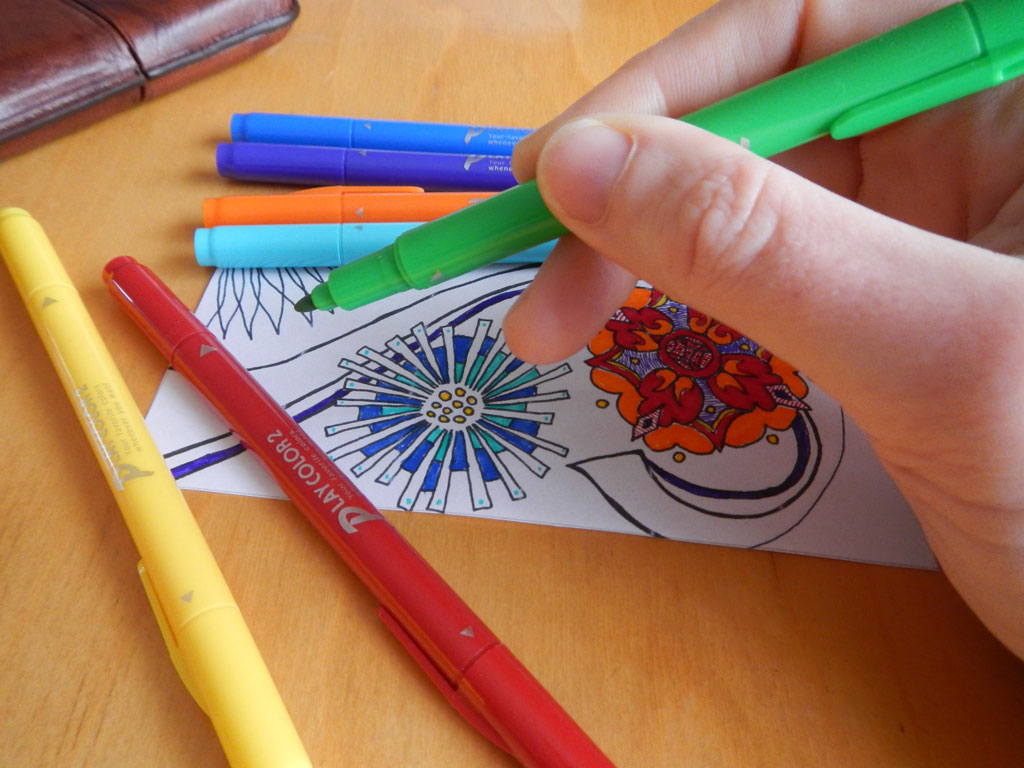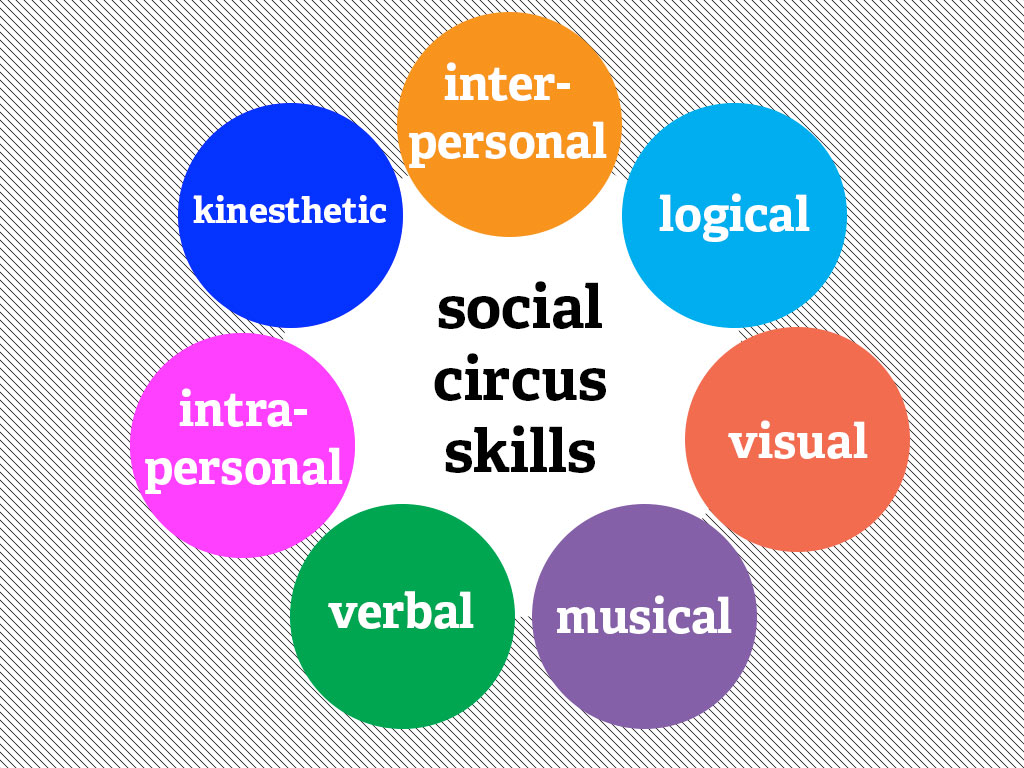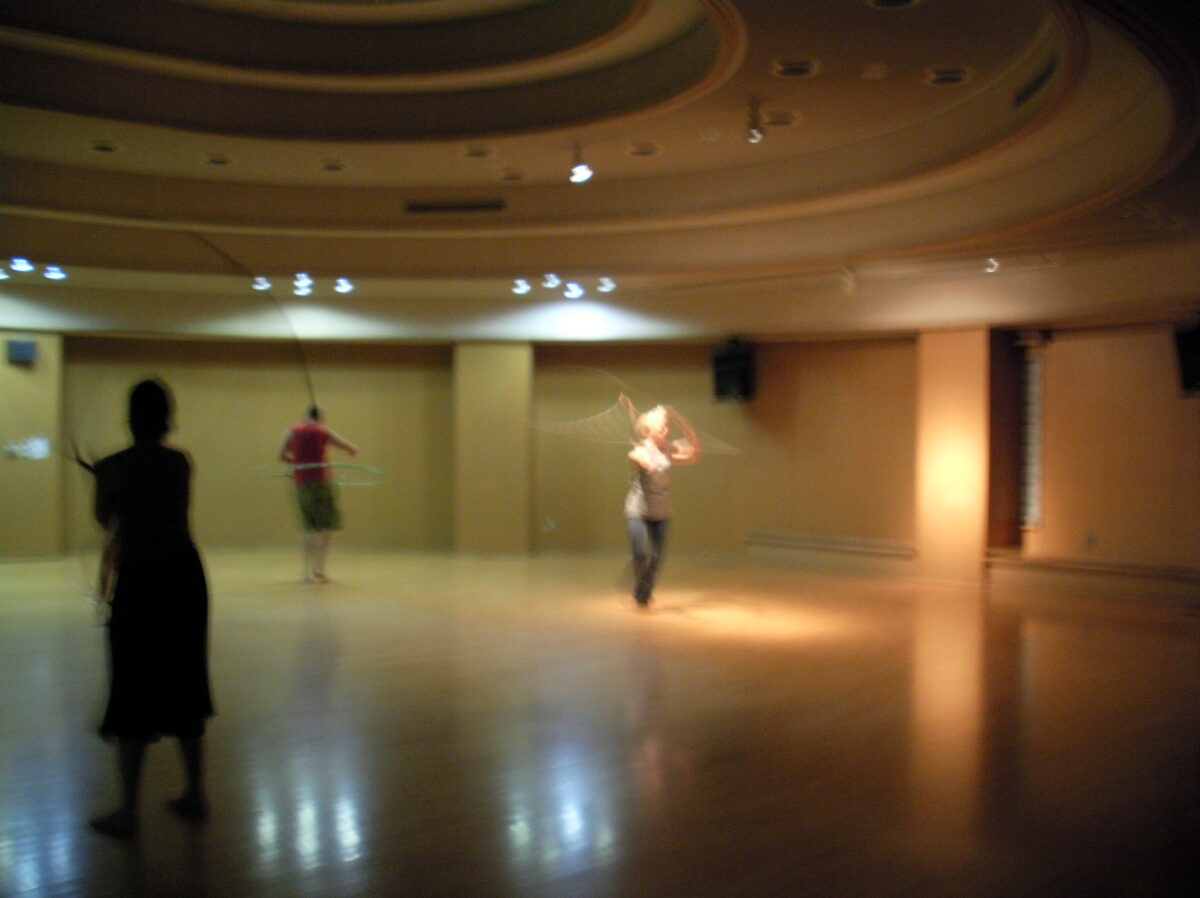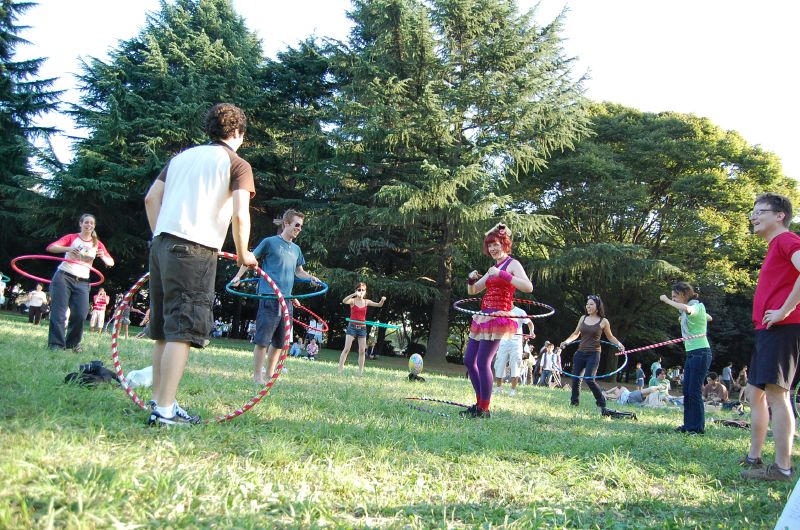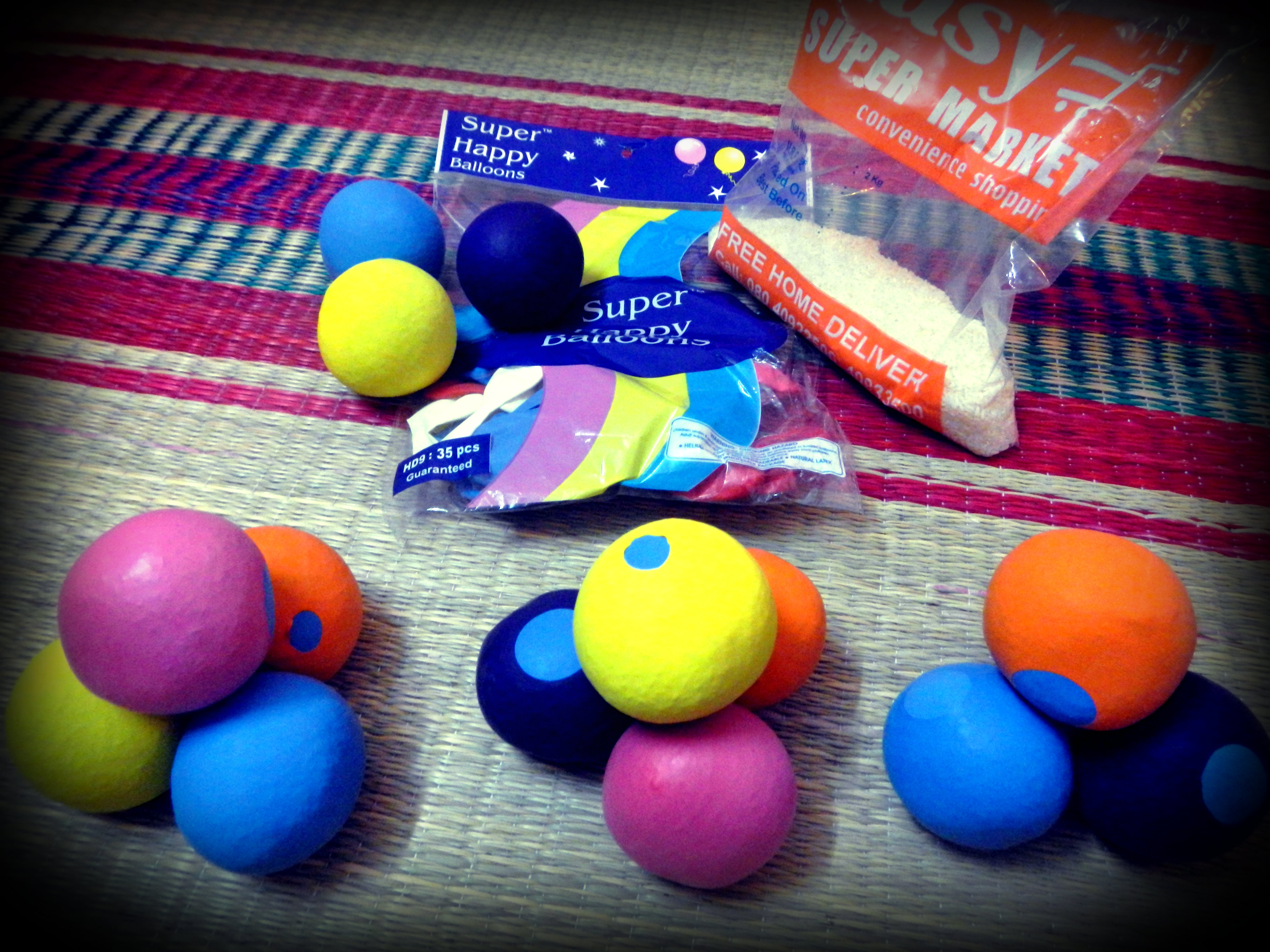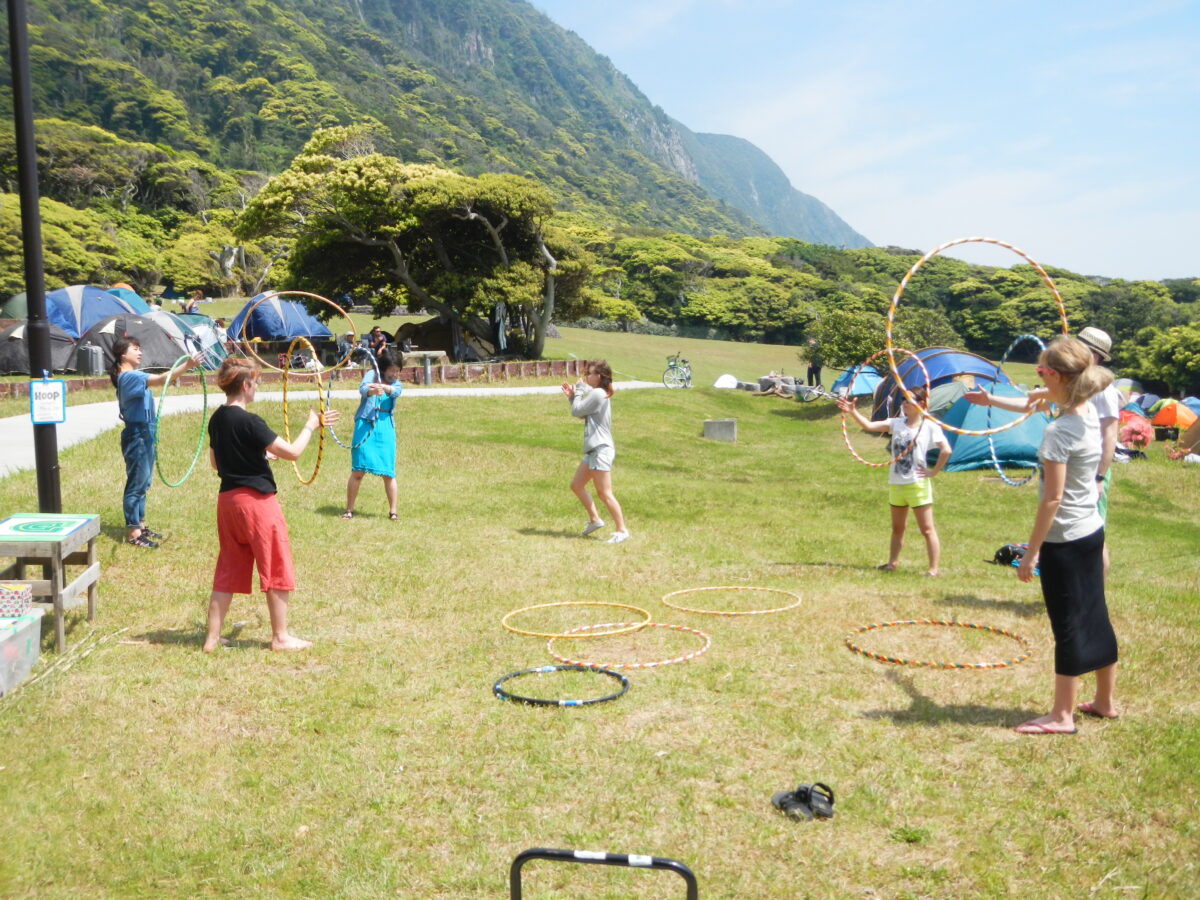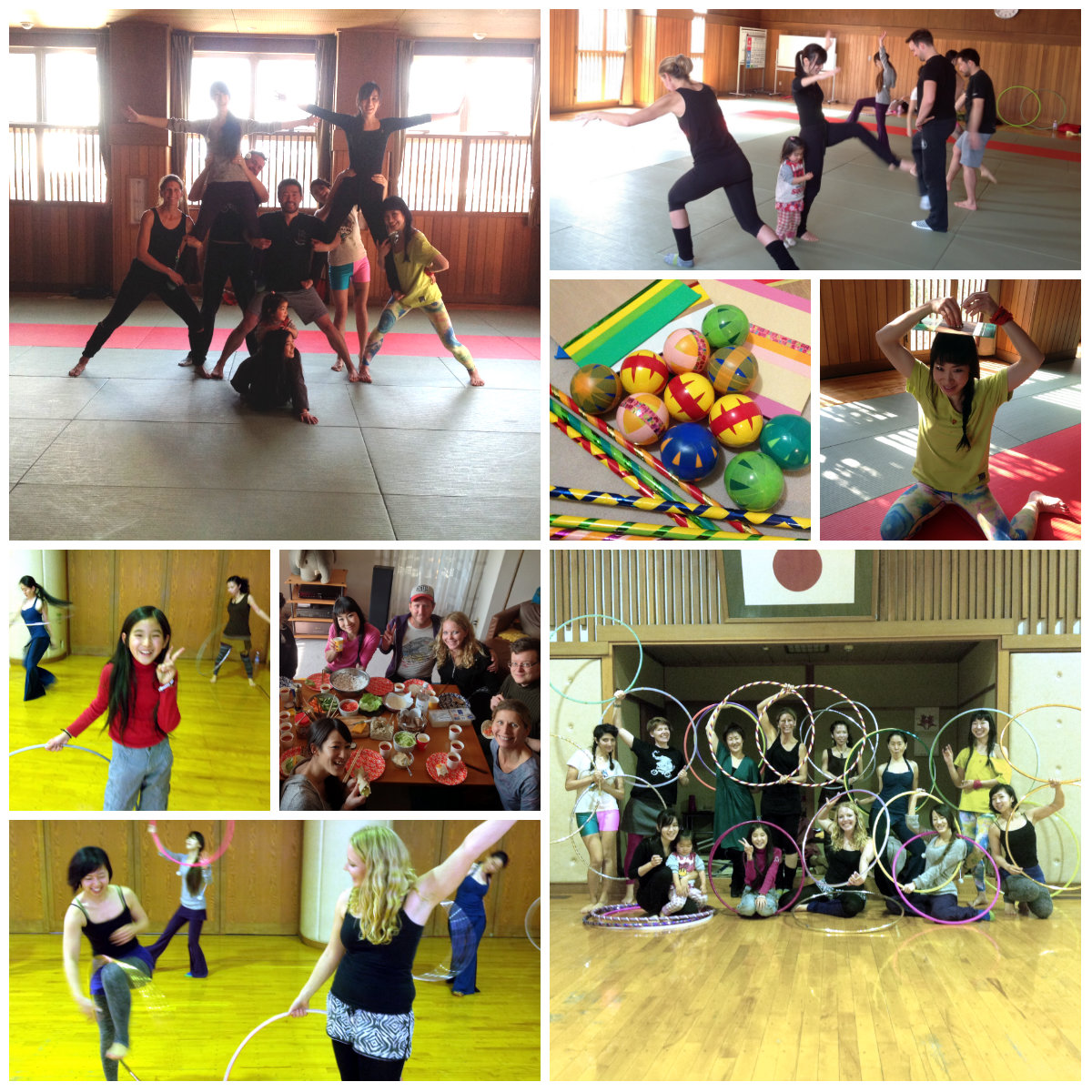When we head indoors to hoop, we start to look for locations where we have enough space.
Some of us are lucky to find a gymnasium to use – enough space for everything you might want to do. The rest of us have to look into dance studios, community centers and other places that weren’t meant for large scale athletics.
When you are evaluating a room to hold classes and hoop jams, how can you tell how many hoopers will fit in it? This is an important question if you are sharing the rental price or trying to cover it with your class fees and still make a profit.
A hooper needs space on all sides for the hoop to spin, and different hooping styles need more or less space. For example, waist hooping needs less space than most off-body hooping. 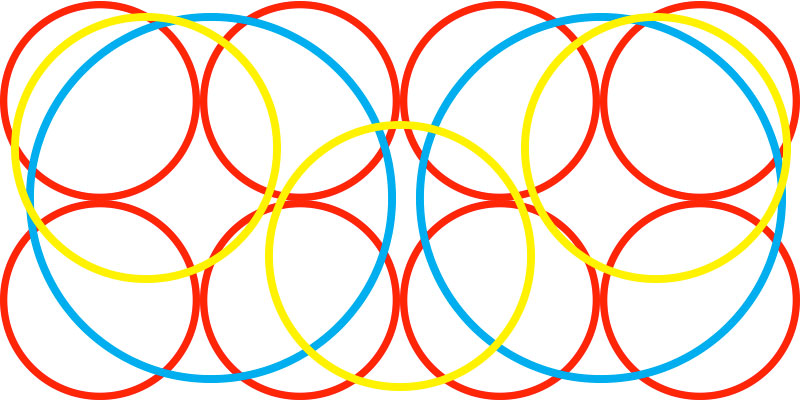
The same space will hold eight on-body hoopers, or 2-3 off-body hoopers.
How Much Space is Enough?
You can figure the area needed per hooper based on armspan + the size of the hoops you use. Let’s do the math for four different scenarios.
On-body hooping
On-body hooping is pretty compact. For each hooper, you’ll want armspan + a bit or twice the diameter of the hoop, whichever is bigger. This doesn’t allow for much moving around, dancing or flailing but it is enough to stand and hoop on waist, legs, and shoulders without hitting anyone.
Armspan is about the same as height, so if your hoopers average 5’7″/170 cm and your hoops are 40″/100 cm, you are looking for an 80″/200 cm circle. That’s about 44 square feet/4 sq m per person.
Circles can pack into a space more tightly than squares, but a square gives you a little extra room for footwork and it is easier to figure out when you are looking at a floorplan that’s marked in square feet or square meters.
Off-body hooping
Off body hooping needs space to extend the arm with the hoop and spin all the way around without smacking anyone. Some tricks, like the eagle roll or many off-body twins moves, require space for a hoop on both sides.
Calculate armspan + two hoops. Using the same example sizes as above, you’ll need a 12″/370 cm circular space, or 144 square feet/14 sq m per hooper.
That’s quite a bit of area, so if you aren’t going to be doing a lot of twins play or eagle rolls, you can figure it by armspan + 1 hoop which is about 81 sq ft/7.5 sq m per person.
Overhead hooping
Ceilings! Hooping needs more height than most dance activities, so you’ll find lots of dance and yoga studios with low ceilings or lights hanging down into space we need for mandalas and overhead passes. The perfect ceiling is really, really high for throws. Unless you’ve secured a gymnasium, you need to think about the space above your head. With lower ceilings, you’ll need to limit the overhead tricks .
A good overhead height will be height + arm + hoop and for sake of simplicity, let’s call the arm half the height of the body (it’s usually a bit less than half). For your 5’7″ hooper with a 40″ hoop, you’ll want about 11 feet/3.5 m of clearance.
Other space in your space
When figuring out the number of students that will fit into your prospective studio, don’t forget space for yourself and for the inevitable gap between instructor and students. You may also need space for people’s coats and bags, extra hoops, and other gear.
